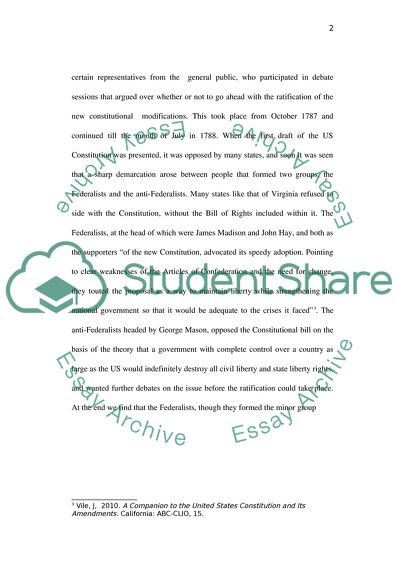Cite this document
(“Ratification of the US Constitution Research Paper”, n.d.)
Ratification of the US Constitution Research Paper. Retrieved from https://studentshare.org/law/1740168-ratification-of-the-us-constitution
Ratification of the US Constitution Research Paper. Retrieved from https://studentshare.org/law/1740168-ratification-of-the-us-constitution
(Ratification of the US Constitution Research Paper)
Ratification of the US Constitution Research Paper. https://studentshare.org/law/1740168-ratification-of-the-us-constitution.
Ratification of the US Constitution Research Paper. https://studentshare.org/law/1740168-ratification-of-the-us-constitution.
“Ratification of the US Constitution Research Paper”, n.d. https://studentshare.org/law/1740168-ratification-of-the-us-constitution.


